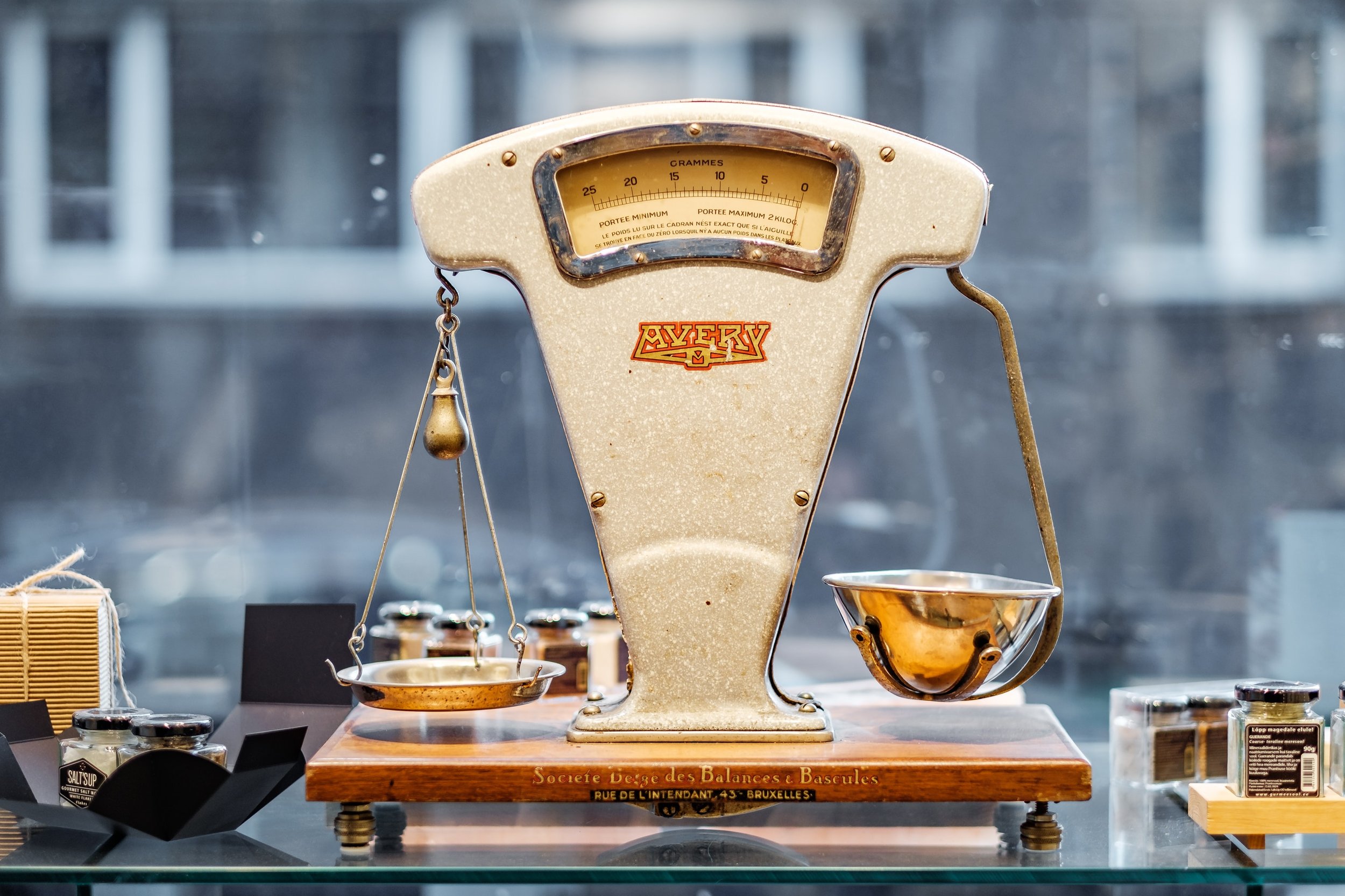I hear in my professional groups how so many of our clients and fellow business owners are only concerned with the Income Statement. When asked about the Balance Sheet, many owners say they never look at it at all, or only look at the amount in Cash. Are you one of those?
If you read my last post, I discussed how the Balance Sheet and the Income Statement are two views of the same scene. If one is incorrect, then they both are probably incorrect. It is most important for the Balance Sheet to be correct. How can you be sure that it is correct? Well, let me back up a little and explain what it really is.
A Balance Sheet is a listing of all of the assets held by an entity. It is followed by a list of who owns what part of each of those assets – someone else or the entity. The part that someone else owns is known as the Liabilities. The part that the Entity owns is called different names – Owner’s Equity, Retained Earnings, Fund Balance, Partnership Equity, and so on. In the photo above, if we would put the value of the assets on the left side of the scale and the value belonging to the various owners on the right, the sides should balance if it is accurate.
Let me make this simpler. You have a car in your driveway. When you purchased it, you probably put some money down on it, but you borrowed the rest. The full purchase price of the car belongs in the Assets category. Your down payment belongs in your Equity section (the part that you own) and the portion that is owed to the bank would be in your Liabilities section (the part that they own). This is not a description of the entries that your bookkeeper or accountant would do to get these in place, rather it is an explanation of what you find in each section.
Remember, it is a snapshot. If you grabbed up $10 to head out to lunch, but your colleague handed you a $5 and asked you to pick up something for them, as you go out the door, your snapshot would show that you have $15 in Assets, $5 in Liabilities, and $10 in Equity. Assets = Liabilities + Equity. Take another look at your Balance Sheet now. Does it start to make more sense?
Now, remember that in order to make that equation balance, you must have each of those listings fully complete and accurate. For instance, the Equity section on your Balance Sheet consists of (1) the accumulated investment by stockholders or owners, (2) accumulated income and losses from prior years, and (3) the current year’s income and losses. (As I stated in the previous post, the income and losses accumulated may show separately or they may be combined with the current income and losses.) If the Assets and Liabilities of that equation are incorrect, you may have incorrect numbers on the Income Statement, the listing of current year’s income and losses.
The keying error that I see happen most often is that a bookkeeper has posted the entire loan payment to the Income Statement. Whether it be a mortgage payment, a vehicle payment, a machinery payment, or a bank loan payment, a portion of each payment reduces the amount that the bank owns (loan principal) and the remainder is a fee for the use of their money (the finance or interest expense). If the entire $1500 payment is booked each month on the Income Statement, rather than booking $1300 to reduce the liabilities and $200 to record the current year’s interest expense, the bank and auditor will see a very high number of liabilities and a large loss in profit. Neither of those groups will look favorably on your business in their analysis.
Look back over your Balance Sheet. Is everything listed? Is too much listed? Did you forget to tell the bookkeeper about the things you scrapped? Are you still paying taxes on those scrapped items? Do your loan balances look right? Are your Cash balances correct? What about your Receivables and Payables? I’ll talk more about how to verify these in my next posts. Remember, your Income Statement is only as correct as your Balance Sheet.









